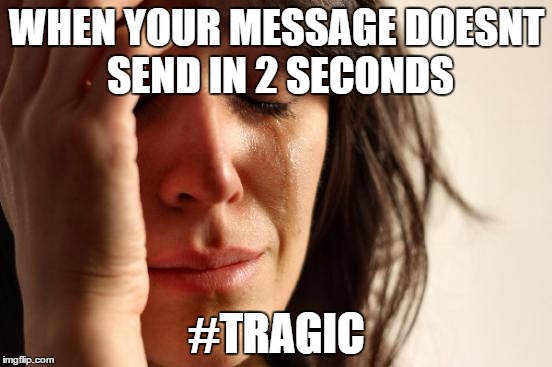To be honest, I got a bit offended in this weeks lecture. K-pop is not an obscure trend. It’s a huge market that rakes in millions of dollars EVERY DAY. I’m sick of people thinking that it’s a small market.
In this source, they talk about the recommendation algorithm and how that helped to sell this book- the same thing is how I stumbled upon K-pop. I was in my Weaboo (anime nerd) stage of life and a recommendation for this band called “Girls Generation” showed up on the side- it was a video from their debut performance and since then, I’d been hooked.
Slightly racist of companies, but generally interest in one Asian thing, will lead to recommendations of every other Asian thing available. So naturally most, K-fans are lured here from the anime side of things.
Anime, is a huge market. It is definitely bigger than K-pop but most people who like anime, come from their emo/punk stage. How this works, I will never know.
I’ve included a lovely diagram of progression for this phenomenon.
The source talks about how in a few years, the ‘trends’ and mainstream media will be very different and this will be based on the economy. I hope it does change.
At the moment, being interested in something that isn’t mainstream costs a lot more money. A standard mainstream band concert will cost you, what? $60? Maybe $100 at most. And $20 for a CD.
If you translate this into K-pop coin: A concert is CHEAP if it’s $250. An album can cost anywhere between $40-$60 and that’s if there’s only one version and you buy it online.
I hope for the sake of my wallet that Chris is correct.
Otherwise, I will have to start a GoFundMe.
Here’s a vine of all the huge k-pop titles and the millions of views because IT’S A POPULAR THING.


